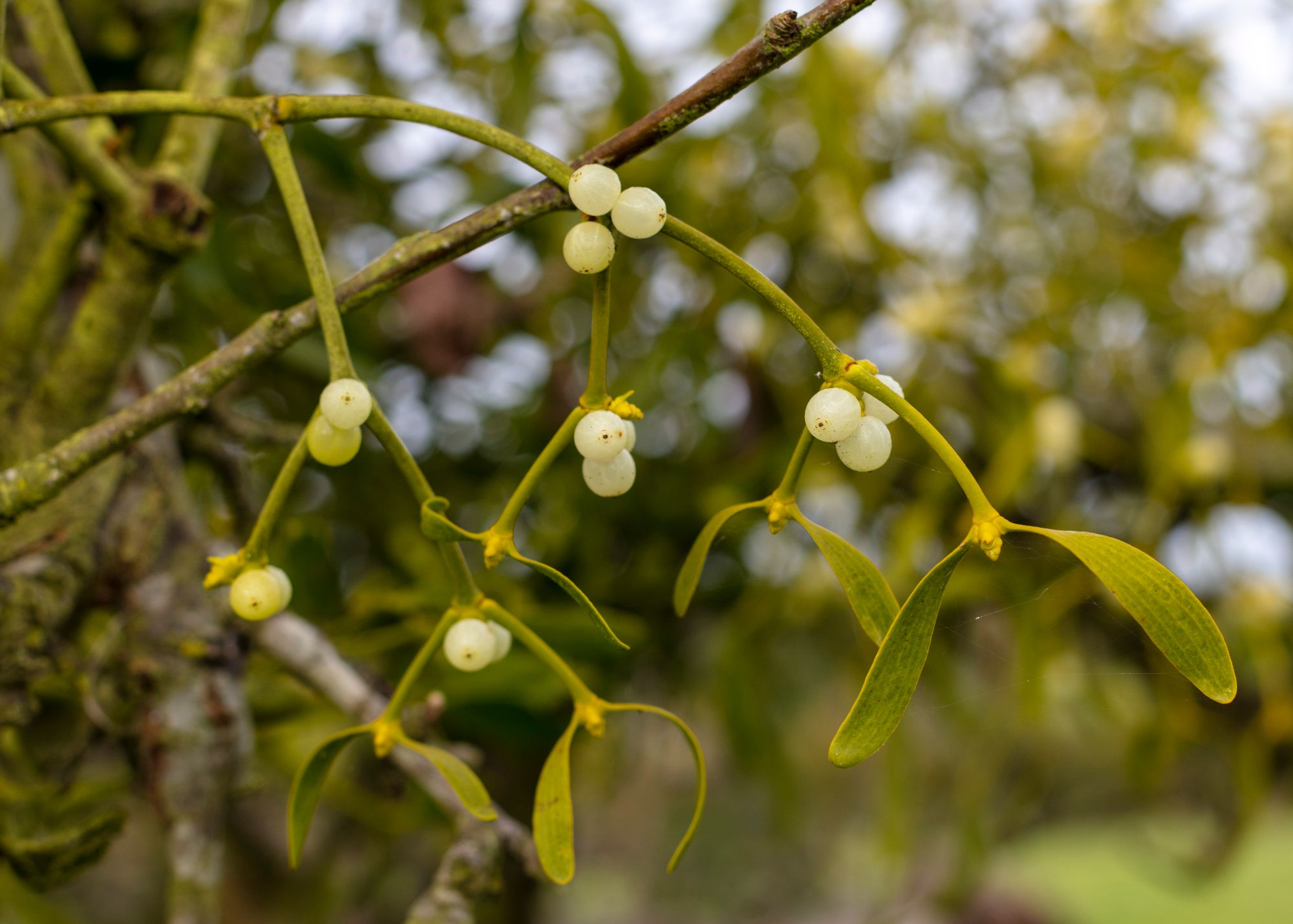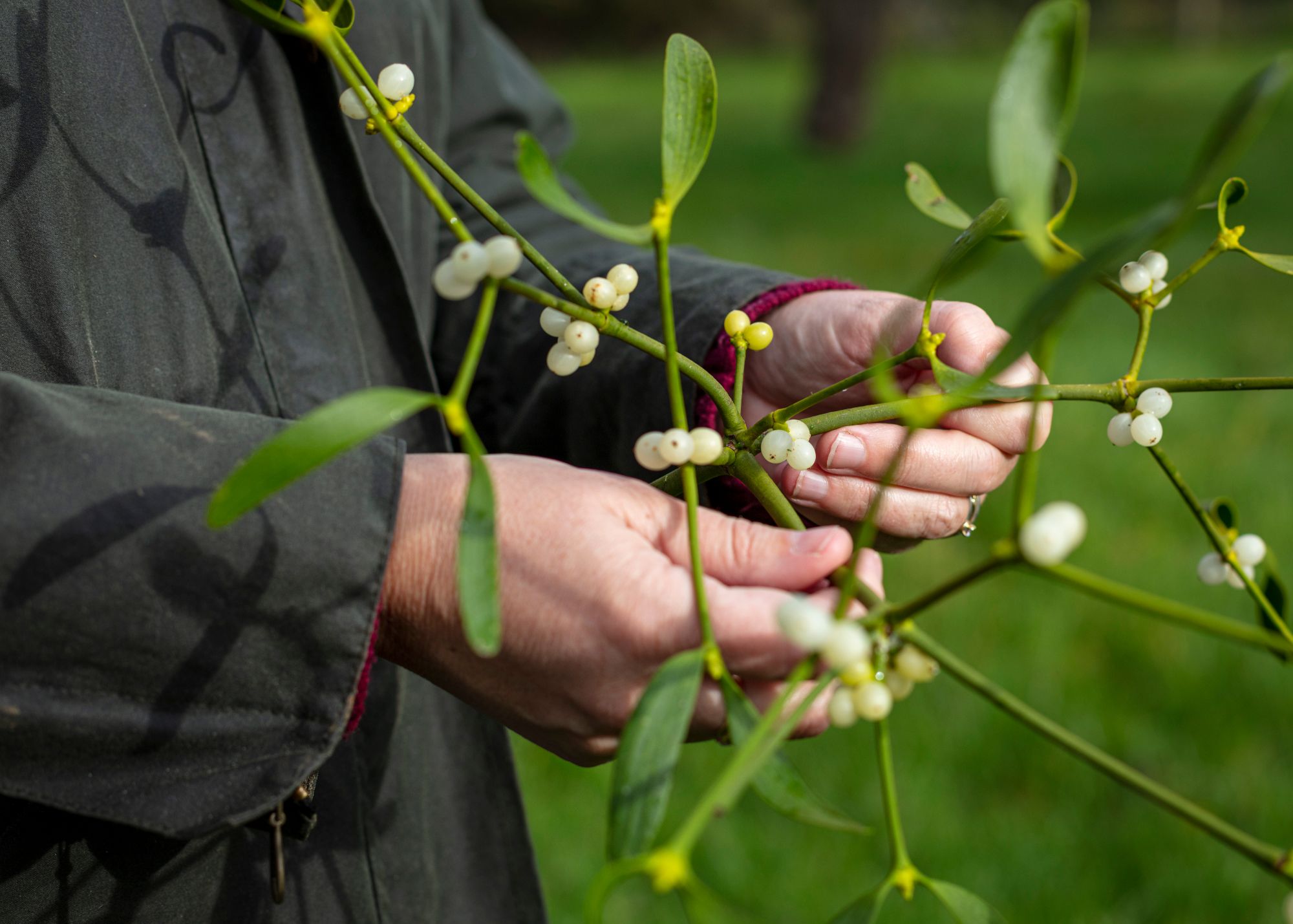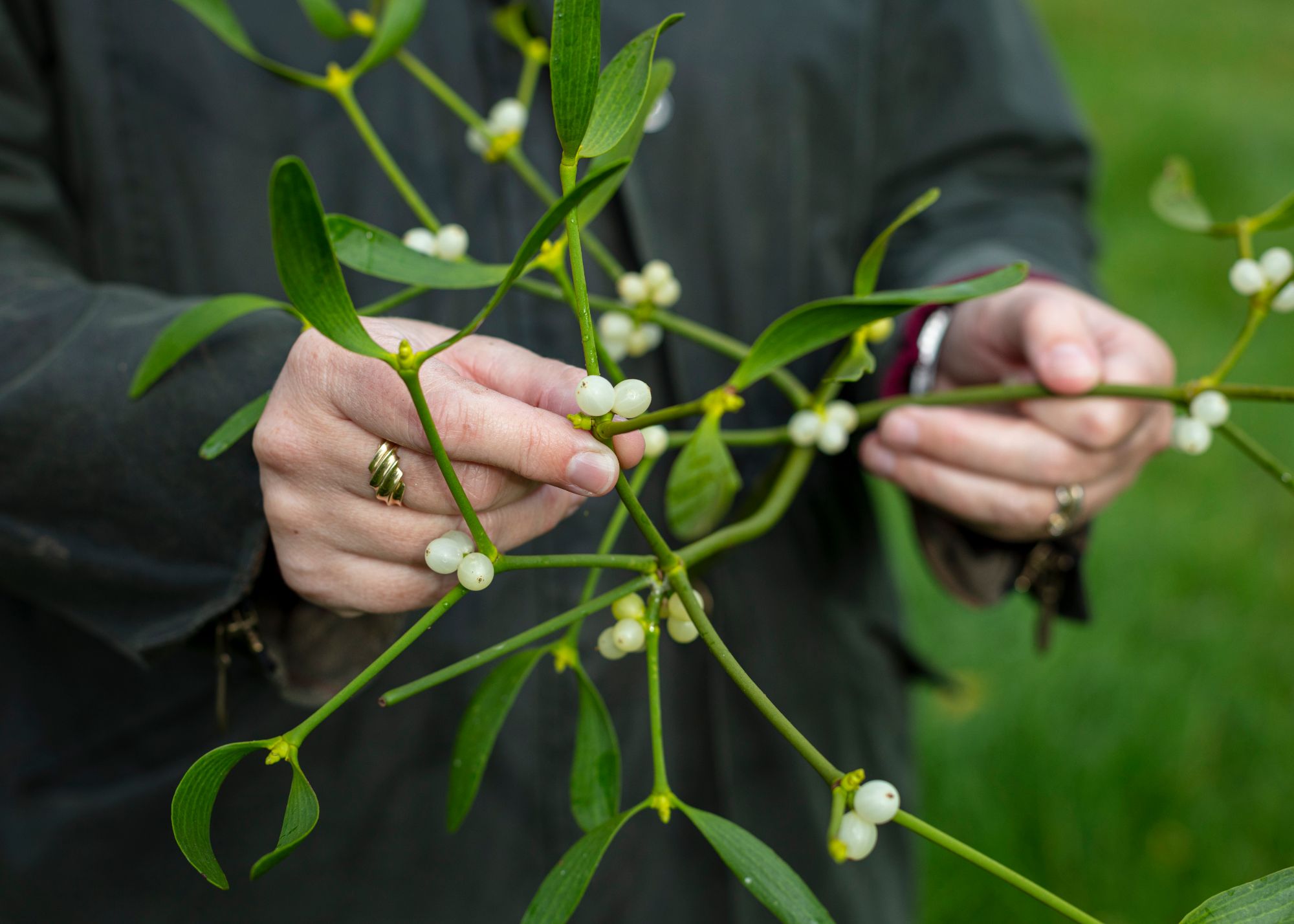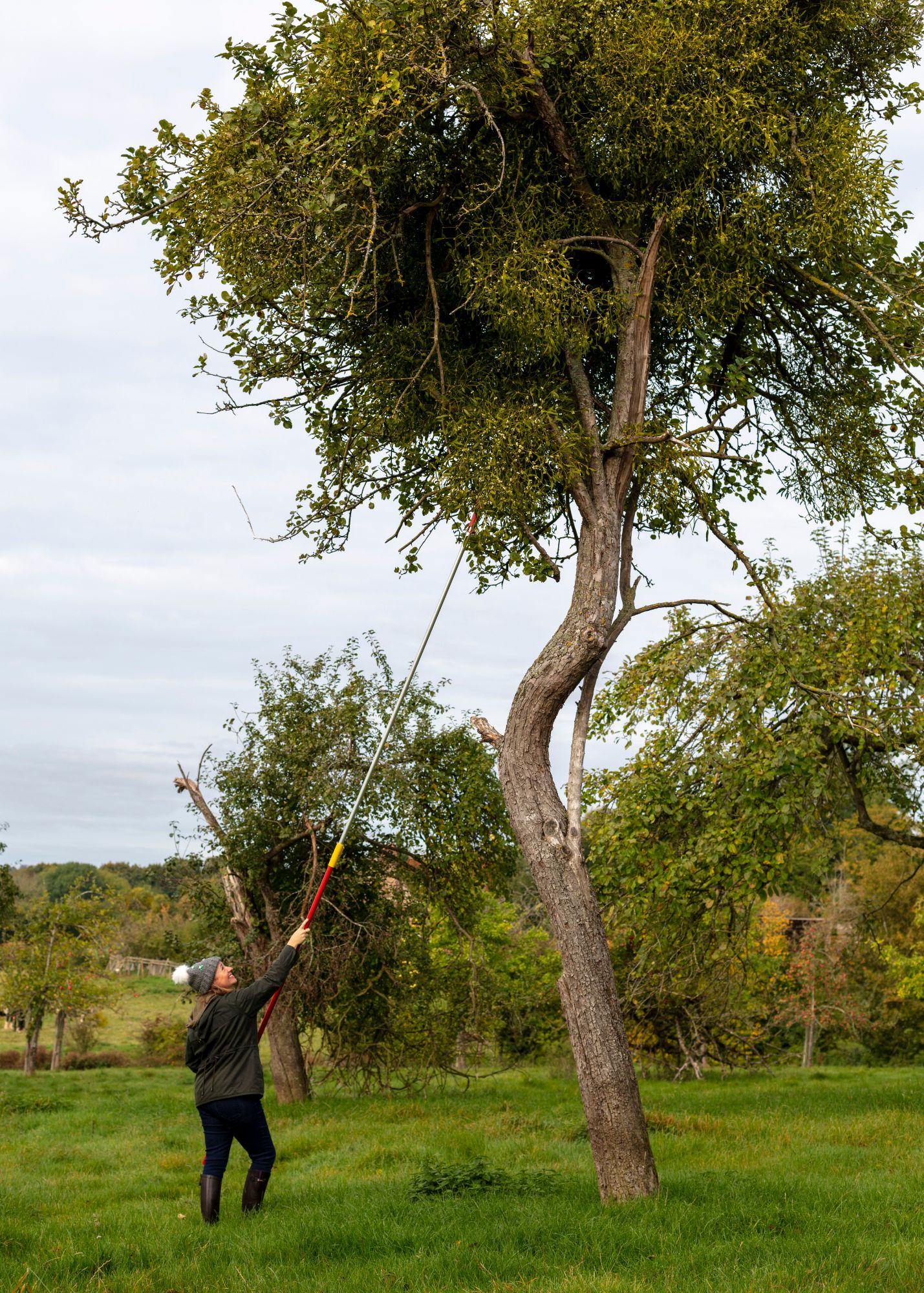The myths and legends of mistletoe
Very few plants ripen in winter, so, as an evergreen with white berries, mistletoe stood out. Back in the days of the druids, it was used in pagan rituals, with many believing it had special powers.
The origin of its connection with love and kissing has a number of stories, one of which comes from a Norse tale concerning the death of Balder, a Norse god. He was the son of Frigga, the goddess of love and wife of Odin.
After dreams foretelling of Balder’s death, Frigga made every plant and animal swear to never hurt him, making him invincible, but the other gods entertained themselves by trying to kill him using a variety of weapons.
Loki, an evil god, realised that mistletoe had been overlooked in the vow making, so he contrived to make a weapon out of mistletoe and killed Balder with it.
Frigga’s tears then became the white berries and she decreed the plant should become a symbol of love, which is how the plant is linked to love and kissing.




Tenbury Wells
Tenbury Wells is well-known for growing mistletoe as it’s surrounded by apple orchards. Queen Victoria once visited and called the Victorian town her ‘little town in the orchard’.
Tenbury Wells is still the only town in the country to have mistletoe sales – they have two a year, at the end of November and the beginning December.
Markets are still held several times a week in the Round Market and at Christmas mistletoe can sttill be seen decorating the streets of Tenbury Wells.

Mistletoe
There are around 900 species of mistletoe around the world, but the only type you'll find growing in the UK is European mistletoe, Viscum album.
Mistletoe leaves, stems and berries are all poisonous and care must be taken when handling. The berries in particular should be kept away from children and pets.
